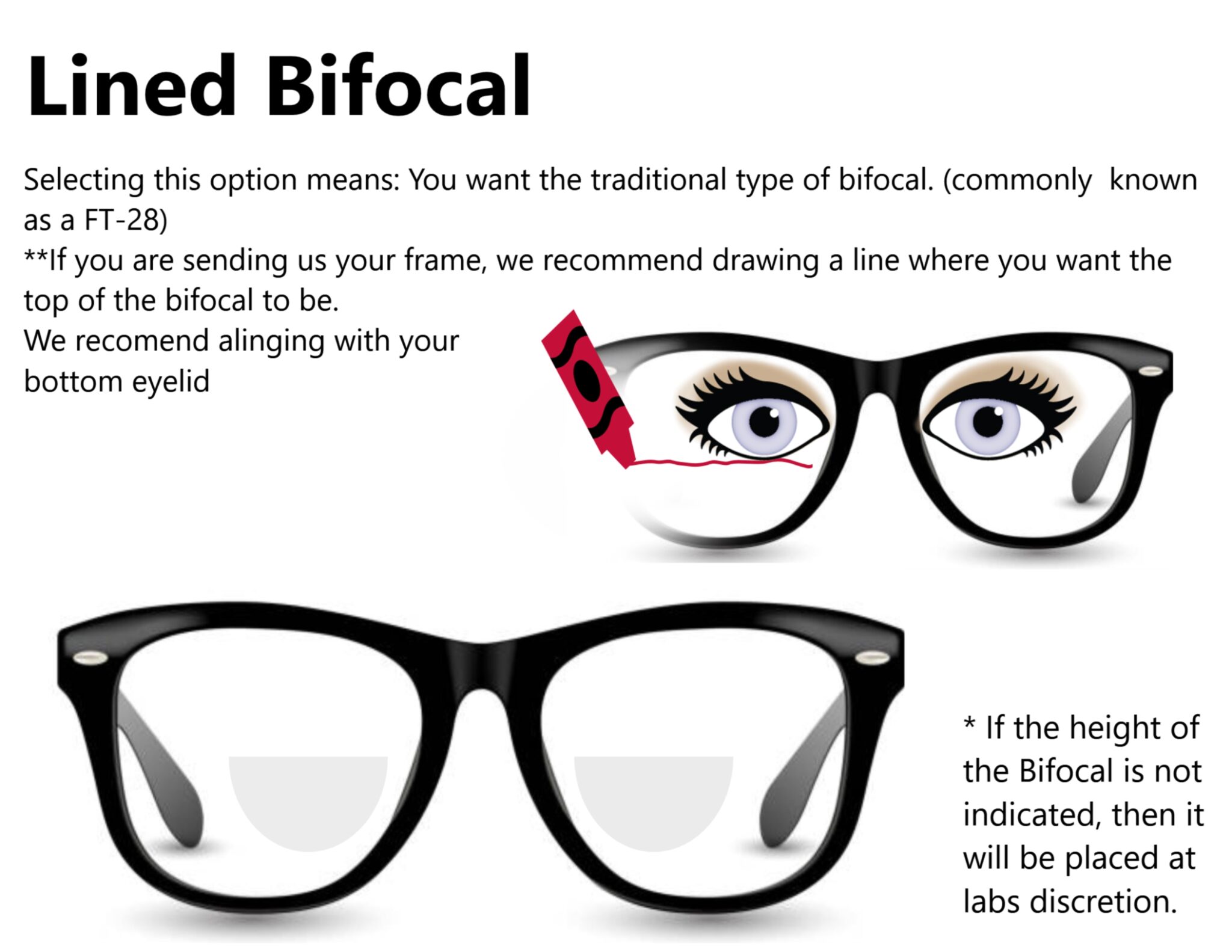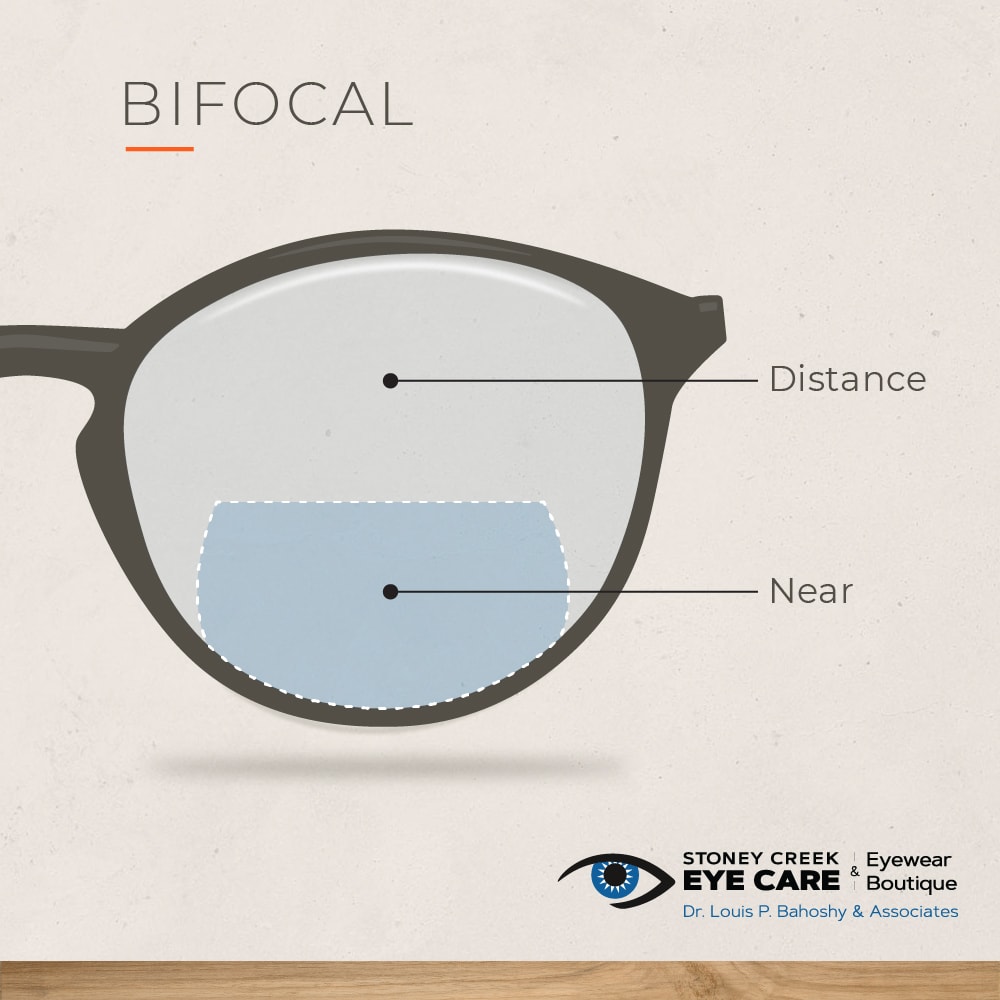Which Segmented Bifocal Will Give You No Image Jump?
Choosing the right bifocal lens is crucial for maintaining clear and comfortable vision, especially when it comes to minimizing image jump. Many people who wear bifocals experience discomfort due to the sudden change in focus when transitioning between the two lens segments. This article will explore which segmented bifocal lenses provide minimal image jump, ensuring a seamless visual experience.
Bifocals have been a popular solution for individuals with presbyopia, allowing them to see clearly at both near and far distances. However, one common complaint about traditional segmented bifocals is the noticeable "image jump" that occurs when the eyes move from one segment to the other. This phenomenon can be distracting and uncomfortable for some wearers.
In this comprehensive guide, we will delve into the world of bifocal lenses, focusing on those that minimize image jump. By understanding the technology behind these lenses and exploring the options available, you can make an informed decision about which bifocal is best suited for your needs.
Read also:Is Aishwarya Rai Bachchans Daughter Autistic Unveiling The Truth
Understanding Image Jump in Bifocals
Image jump is a phenomenon that occurs when there is a noticeable shift in the perceived position of an object as the wearer's gaze moves from one segment of the bifocal lens to another. This occurs because the optical power of the two segments differs, causing a sudden change in focus. While some degree of image jump is inevitable with segmented bifocals, advancements in lens design have significantly reduced this issue.
What Causes Image Jump?
Several factors contribute to image jump in bifocal lenses:
- Power difference: The difference in optical power between the distance and near segments causes the shift in focus.
- Lens design: Traditional flat-top bifocals tend to have more pronounced image jumps due to their distinct segment boundaries.
- Segment size and shape: Larger or differently shaped segments can affect the degree of image jump experienced by the wearer.
Types of Segmented Bifocals
There are several types of segmented bifocals available, each with its own advantages and disadvantages. Understanding the differences between these lenses can help you choose the one that best suits your needs.
Flat-Top Bifocals
Flat-top bifocals, also known as D-segments, are the most common type of segmented bifocals. They feature a rectangular segment at the bottom of the lens for near vision. While they offer clear vision at both distances, they are more prone to image jump compared to other designs.
Round Segmented Bifocals
Round segmented bifocals have a circular near-vision segment that provides a wider field of view for reading and other close-up activities. However, like flat-top bifocals, they can also cause noticeable image jumps.
Executive Bifocals
Executive bifocals feature a horizontal line across the entire width of the lens, dividing it into two distinct segments. While this design offers a large area for near vision, it can be cumbersome and may result in significant image jump.
Read also:Is Diddy A Gangster Exploring The Truth Behind The Legend
Which Segmented Bifocal Minimizes Image Jump?
Recent advancements in lens technology have led to the development of bifocals that significantly reduce image jump. These lenses incorporate innovative designs and materials to provide a more seamless transition between the distance and near segments.
Progressive Addition Lenses (PALs)
Although not technically segmented bifocals, progressive lenses offer a gradual transition between distance and near vision, virtually eliminating image jump. They are an excellent option for those seeking a comfortable and aesthetically pleasing alternative to traditional bifocals.
Aspheric Bifocals
Aspheric bifocals feature a curved lens design that reduces image distortion and minimizes image jump. This design provides a more natural viewing experience compared to traditional flat-top bifocals.
Factors to Consider When Choosing Bifocals
Selecting the right bifocal lens involves considering several factors, including lifestyle, visual needs, and personal preferences. Here are some key considerations:
- Lifestyle: Your daily activities and environment can influence the type of bifocal lens you choose. For example, if you frequently use digital devices, you may benefit from lenses designed for computer use.
- Visual needs: Assess your specific visual requirements, such as the need for clear distance vision or enhanced near vision.
- Comfort: Prioritize lenses that offer minimal discomfort and adaptability to ensure long-term satisfaction.
Technological Advancements in Bifocal Lenses
The field of ophthalmic optics has seen remarkable progress in recent years, leading to the development of bifocal lenses that address common issues like image jump. These advancements include:
Digital Lens Surfacing
Digital lens surfacing allows for precise customization of lens curvature, resulting in lenses that provide optimal clarity and minimal distortion. This technology has significantly improved the performance of bifocal lenses.
Anti-Reflective Coatings
Anti-reflective coatings enhance lens performance by reducing glare and improving clarity. These coatings can also contribute to a more comfortable visual experience for bifocal wearers.
Consulting an Eye Care Professional
When selecting bifocal lenses, it is essential to consult with an eye care professional who can provide personalized recommendations based on your specific needs. They can evaluate your prescription, lifestyle, and preferences to help you choose the best option.
Importance of Regular Eye Exams
Regular eye exams are crucial for maintaining optimal vision health. They allow your eye care professional to monitor changes in your prescription and ensure that your lenses continue to meet your needs.
Cost Considerations
The cost of bifocal lenses varies depending on factors such as lens type, material, and additional features like coatings. While premium lenses may come with a higher price tag, they often offer superior performance and comfort.
Insurance Coverage
Many vision insurance plans cover a portion of the cost of prescription lenses. Be sure to check with your provider to understand your benefits and any potential out-of-pocket expenses.
Conclusion
In summary, choosing the right segmented bifocal lens is essential for minimizing image jump and ensuring a comfortable visual experience. Advances in lens technology, such as aspheric designs and digital surfacing, have made it possible to reduce image jump significantly. By considering factors like lifestyle, visual needs, and personal preferences, you can select the best bifocal lenses for your requirements.
We encourage you to share your thoughts and experiences in the comments section below. Additionally, feel free to explore other articles on our site for more information on vision care and eyewear options. Thank you for reading, and we hope this guide has been helpful in your quest for the perfect bifocal lenses!
Table of Contents
- Understanding Image Jump in Bifocals
- Types of Segmented Bifocals
- Which Segmented Bifocal Minimizes Image Jump?
- Factors to Consider When Choosing Bifocals
- Technological Advancements in Bifocal Lenses
- Consulting an Eye Care Professional
- Cost Considerations
- Conclusion

